What Is Cajun Food? A Flavorful Journey Through Southern Spices
Cajun food is more than just a meal—it's a cultural expression, a tradition passed down through generations, and a celebration of bold flavors. Originating from the French-speaking Acadian people who settled in Louisiana, Cajun cuisine has become a beloved part of American culinary identity. But what exactly is Cajun food, and how does it differ from other regional dishes like Creole or Southern cooking?
Table of Contents
- What Is Cajun Food?
- The Flavor Profile of Cajun Cuisine
- Cultural Roots of Cajun Cooking
- Key Ingredients in Cajun Dishes
- Practical Tips for Cooking Cajun Food at Home
- Buying Guide: Essential Tools and Ingredients for Cajun Cooking
- Conclusion
What Is Cajun Food?
Cajun food is a style of cooking that emerged from the Acadian people—French colonists who were exiled from Canada and eventually settled in Louisiana in the 18th century. These early settlers brought with them their own recipes, techniques, and ingredients, which blended with local resources to create a unique culinary tradition.
Unlike Creole cuisine, which is more influenced by Caribbean, Spanish, and African cooking styles, Cajun food is rooted in simplicity, using hearty ingredients and strong spices. It’s often associated with slow-cooked stews, spicy gumbo, and rich jambalayas. The phrase “Cajun” itself refers to the people and culture of this region, not just the food.
The most iconic feature of Cajun cooking is its use of the “holy trinity”—onions, bell peppers, and celery—combined with a variety of spices such as paprika, cayenne pepper, garlic, and thyme. This base gives many Cajun dishes their signature depth and heat.
The Flavor Profile of Cajun Cuisine
Cajun food is known for its bold, complex flavors. It balances heat, smokiness, and richness, making it both comforting and exciting. The key to mastering Cajun cooking lies in understanding how to layer these flavors effectively.
| Flavor Component | Description | Common Ingredients |
|---|---|---|
| Heat | Derived from cayenne pepper, habanero, and other hot peppers | cayenne pepper, chili powder, habanero sauce |
| Smokiness | Often comes from smoked meats or paprika | smoked sausage, smoked chicken, paprika |
| Savory Depth | From slow-cooked broths and roux-based sauces | chicken stock, beef stock, flour, butter |
| Herbs and Aromatics | Used to add freshness and complexity | thyme, oregano, garlic, green onions |
One of the best ways to experience the flavor profile of Cajun food is by trying a classic dish like jambalaya, gumbo, or etouffee. These dishes showcase the harmony of spice, texture, and taste that defines the cuisine.
Cultural Roots of Cajun Cooking
The story of Cajun food begins with the Acadians, who arrived in Louisiana in the 1700s after being driven out of Nova Scotia by the British. Over time, they adapted to their new environment, using local ingredients like crawfish, shrimp, and rice to create a cuisine that reflected both their heritage and the land around them.
Despite their humble beginnings, Cajuns developed a deep respect for food and community. Many traditional dishes were created in home kitchens, where families would gather to cook, eat, and celebrate. Today, this spirit lives on in festivals, family gatherings, and even modern restaurants that serve authentic Cajun fare.
Key Ingredients in Cajun Dishes
To recreate the magic of Cajun food at home, you need a few essential ingredients. Here are some of the most important ones:
- Cajun Seasoning: A blend of paprika, garlic powder, onion powder, cayenne pepper, and black pepper. It’s used to season meats, vegetables, and seafood.
- Roux: A thickening agent made from flour and fat (usually butter or oil), cooked together until golden brown. It’s the base for many Cajun sauces and stews.
- Andouille Sausage: A spicy, smoked sausage that adds a rich, smoky flavor to dishes like gumbo and jambalaya.
- Crawfish and Shrimp: Common proteins in Cajun cooking, often used in boils, stews, and salads.
- Rice: A staple in many Cajun meals, especially in jambalaya and étouffée.
These ingredients form the backbone of many Cajun dishes, but the real magic happens when you combine them with the right technique and seasoning.
Practical Tips for Cooking Cajun Food at Home
If you're new to Cajun cooking, here are some practical tips to help you get started:
- Start with the Holy Trinity: Onions, bell peppers, and celery are the foundation of most Cajun dishes. Sauté them first to build flavor.
- Use Fresh Herbs: While dried herbs can work, fresh herbs like thyme and oregano add a brighter, more aromatic quality to your dishes.
- Don’t Skimp on the Spice: Cajun food is all about bold flavors. Use cayenne pepper and paprika generously to achieve that signature heat and color.
- Master the Roux: Making a good roux is crucial for thickening sauces. Cook it slowly over low heat until it reaches a golden brown color.
- Experiment with Seafood: Crawfish, shrimp, and catfish are staples in Cajun cooking. Try incorporating them into your next dish for an authentic twist.
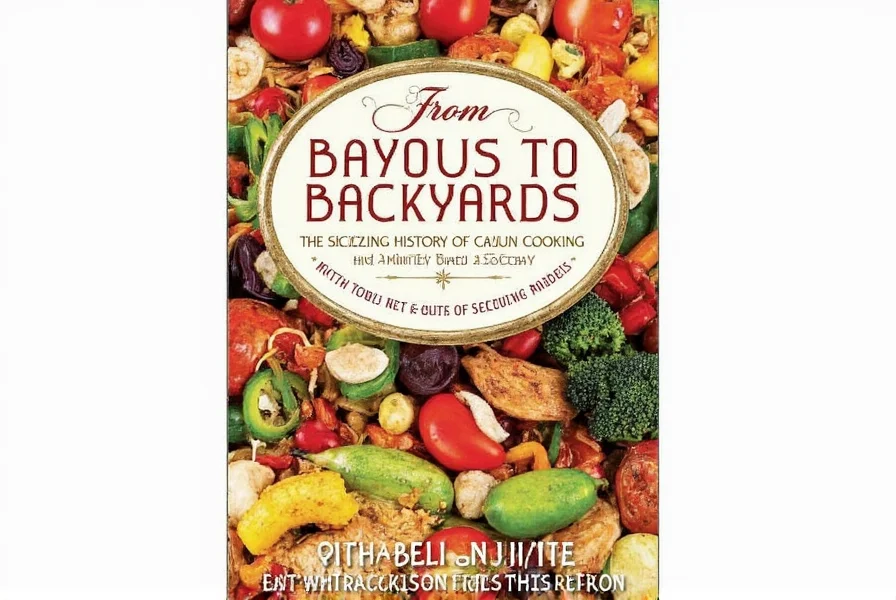
Buying Guide: Essential Tools and Ingredients for Cajun Cooking
If you’re serious about cooking Cajun food, having the right tools and ingredients is key. Here’s a guide to help you shop smart:
Essential Ingredients
- Cajun Seasoning Mix: Look for a high-quality blend with a good balance of paprika, cayenne, garlic, and onion powders. Great for seasoning meats and vegetables.
- Andouille Sausage: Choose a smoked variety for authentic flavor. Ideal for gumbo, jambalaya, and soups.
- Crawfish or Shrimp: Fresh or frozen, these proteins are central to many Cajun dishes. Perfect for boiling or sautéing.
- Rice: Long-grain white rice works best for jambalaya and étouffée. Look for brands with a firm texture.
- Green Onions and Fresh Herbs: Add brightness and aroma to your dishes. Use them as garnish or mix into your seasoning blends.
Recommended Tools
- Cast Iron Skillet: Perfect for searing meats, making roux, and cooking stews. Durable and heats evenly.
- Wooden Spoon: Ideal for stirring roux or mixing ingredients without scratching your cookware.
- Meat Thermometer: Ensures that your meats are cooked to the right temperature, especially for sausages and chicken.
- Large Pot: Necessary for making large batches of gumbo, jambalaya, or seafood boil.
These tools and ingredients will help you bring the bold flavors of Cajun cuisine into your kitchen, no matter your skill level.
Conclusion
Cajun food is more than just a cuisine—it’s a reflection of history, culture, and community. From its roots in Louisiana to its global influence today, Cajun cooking continues to captivate food lovers with its bold flavors and rich traditions.
Whether you're a seasoned chef or a home cook looking to try something new, there's something for everyone in the world of Cajun food. With the right ingredients, tools, and a bit of practice, you can recreate the magic of this beloved cuisine in your own kitchen.
So, what is Cajun food? It's a taste of the past, a celebration of the present, and a promise of future flavors that keep us coming back for more.
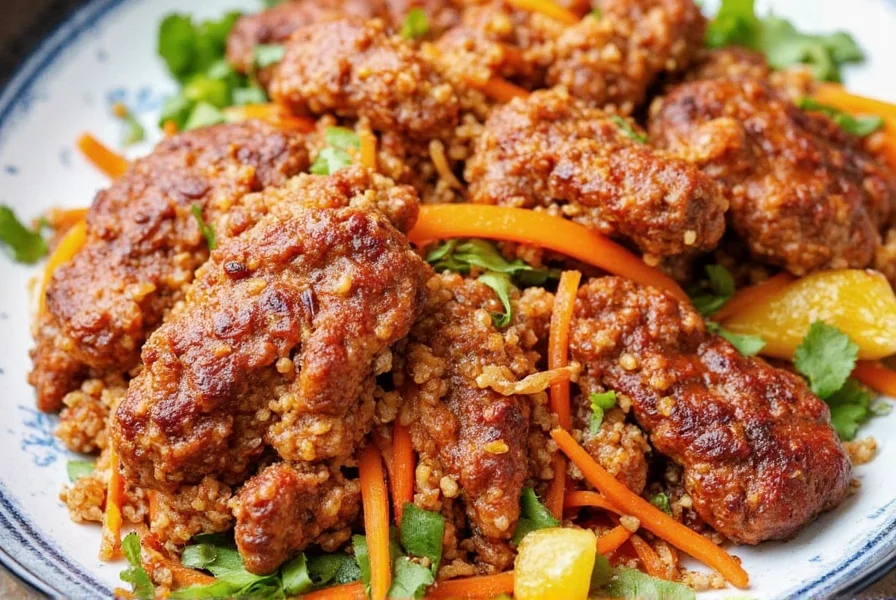
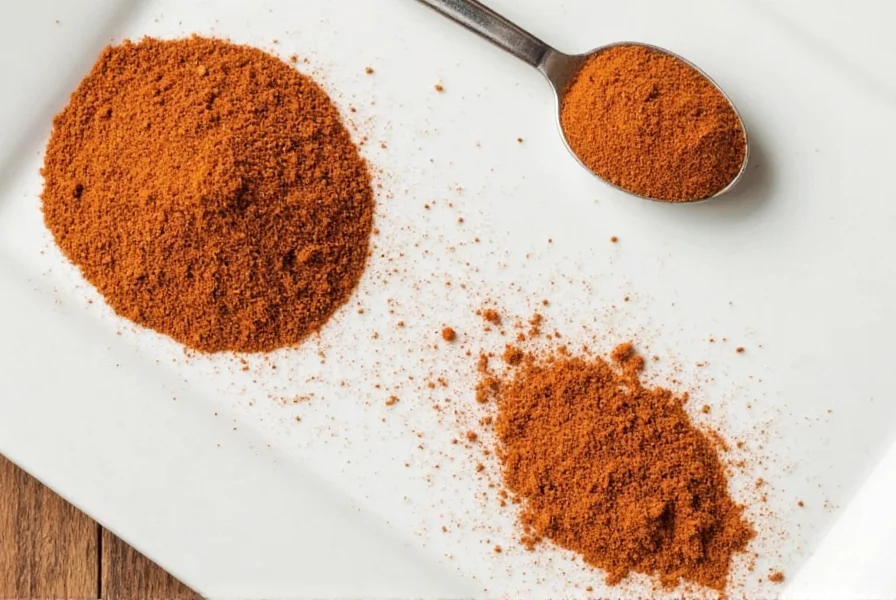
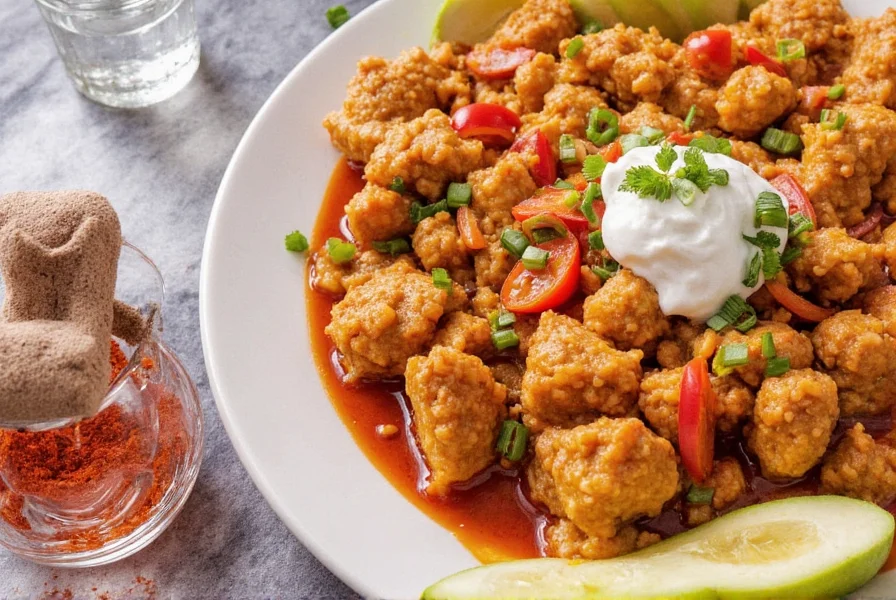
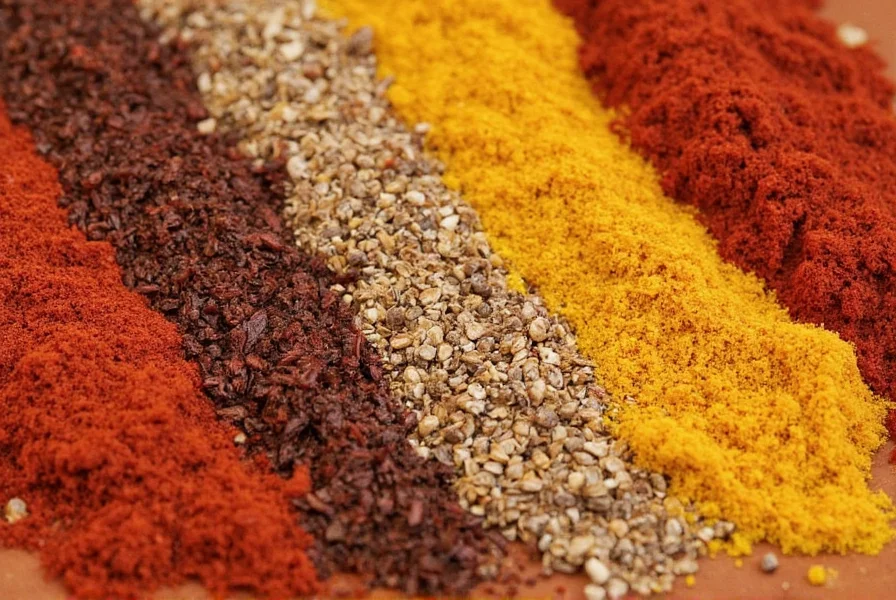










 浙公网安备
33010002000092号
浙公网安备
33010002000092号 浙B2-20120091-4
浙B2-20120091-4